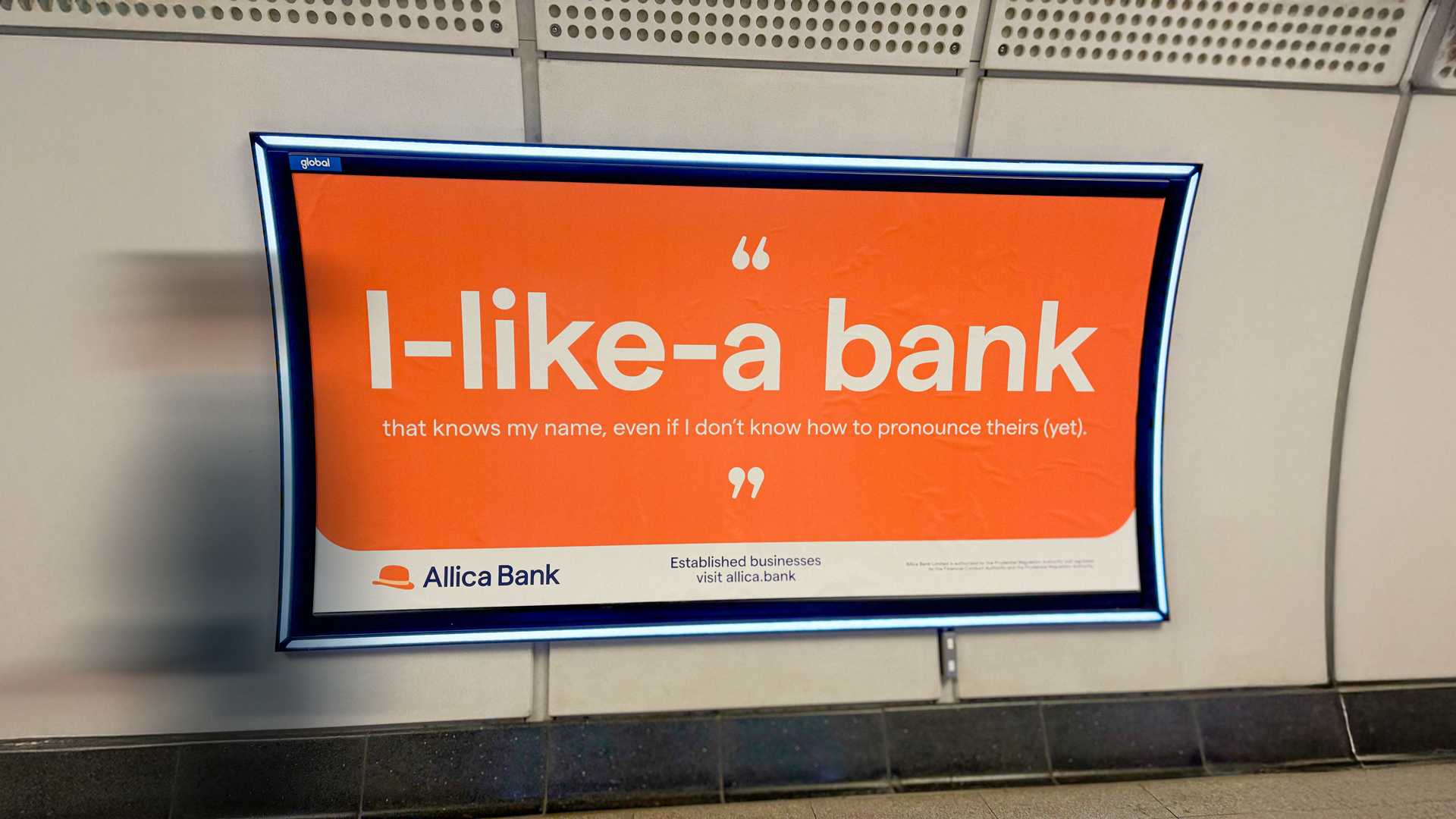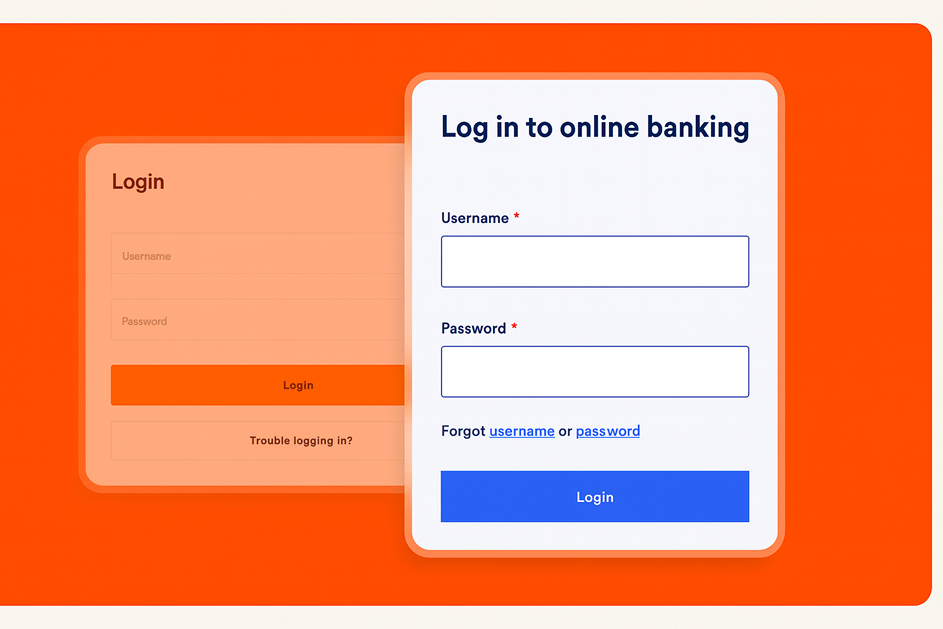In years gone by, your bank account did the basics and that was that. You could check your balance and make payments, but not much more. Today, however, the business banking landscape is unrecognisable from the 2000s and early 2010s. Business bank accounts are different beasts.
With two decades of rapid growth in fintech and struggles for the incumbents, you have more choice and variety than ever. There’s never been a better time to explore the market.
Coupled with an important service launched in 2013, switching is more accessible and valuable than ever. Learn about the switching process, its benefits and that pivotal piece of banking history below.
Why switch your business bank account?
A business current account is no longer just about having a place to keep your money. The right account can support your business in a meaningful way and help you prosper.
A lot of business owners choose their bank account based on their personal account choice, or because it has a branch on their high street. With local branches closing, though, and a new wave of banks offering innovative account features, a whole world of opportunities has opened up. Businesses can get more value from their bank account than ever before.
Every business is unique, but popular reasons for switching include:
-
Lower current account fees
-
Better levels of customer service
-
Exclusive business support schemes
-
Greater quality of banking technology
-
Higher interest rates on attached savings products
-
Specific features or products that suit a business’ needs (e.g. low cost international transfers)
If you want to see what’s available in 2024, we’ve created a comparison guide for 13 major banks.
The easy way to switch business bank account
Before we get into the switching process, there’s one important thing to highlight.
The Current Account Switch Service (CASS) is an arrangement between 50+ UK banks and building societies. It makes switching your bank account hassle-free.
CASS takes what was once a rather messy process and distils it into a single form for you to complete. In a very brief summary:
-
Your new bank receives and adopts your balance and details of all payments
-
Your old bank closes your account, but will continue to forward any payments received to your new account indefinitely (or for an agreed-upon duration)
-
All of this happens behind-the-scenes, to a seven-day deadline, and with almost no interruption to your banking
It’s about as easy as signing up to (yet another) streaming service.
This service launched in 2013 and democratised the current account market for both retail and business banking customers. What had previously been prohibitively complicated became easy and automated.
Can every business use the Current Account Switch Service?
Not all businesses can use CASS. To be eligible, you must have:
-
Annual turnover below £6.5m
-
No more than 50 employees
If your business doesn’t meet those criteria, you’ll need to contact banks directly to discuss their switching processes.
We’ve written this article for businesses using CASS.
How to switch your business bank account - step-by-step
We’ve tried to simplify the process into six clear steps.
-
Research business bank accounts and find the right one for you
-
Make sure your current and future banks are both registered with CASS
-
Apply for your new account. (At some point in the application, they’ll ask you if you want to use CASS.)
-
Choose your switch date (leaving a minimum of seven working days), excluding Saturdays, Sundays and Bank Holidays
-
Sign and agree to the Current Account Switch Agreement and the Current Account Closure Instruction
-
On the date of your switch, start using your new account like normal
If anything goes wrong during the switch process, the two banks will correct it. Your new bank also guarantees to refund any interest or charges you incur if your switch goes wrong or is delayed.
Preparing to switch your business bank account
Switching might be easy, but you’ll still need to do a few things before you get started.
If you’re overdrawn
You can move your overdrawn balance to your new account, but you’ll need to make sure you’ve agreed a suitable facility with them. If you can’t, you’ll need to pay the debt owed to your current bank before the switch happens.
If you need documentation
You’ll need to request statements and other documents from your current bank if you need them for future reference. These records won’t be transferred to your new account, so it’s important you have everything you need before the switch goes through.
If you have old payments
You might not have used a supplier for years or moved energy providers, but their details sit in your banking system gathering digital dust.
Switching is an opportunity to tidy up your list of payees. All your payment records get transferred, so you have the chance to start your new account with a clean slate.
What documents do you need to switch business bank accounts?
Although CASS has taken a lot of the paperwork out of the switching process, there are still three forms to complete:
-
Account application form (from your new bank)
-
Current Account Switch Agreement (from your existing bank)
-
Current Account Closure Instruction (from your existing bank)
You’ll let your new bank know about switching in the application form
Your new bank will probably require more documentation to open your account, but this isn’t connected to CASS.
Advantages of switching business bank accounts
In 2024, businesses can afford to be picky about banking, given their breadth of options. The benefits are wide-ranging, from cutting admin time to unlocking your next big step.
Better features and services
More banks means many more features to choose from. The strength of the market in 2024 means you can find a bank that really fits the way you do business.
There are banks for ecommerce business, cash-taking trades, or complex-structured companies needing a dozen different debit cards.
Costs and fees savings
Businesses can pay anywhere between £0 and £50 in monthly current account fees. That’s not including fees for transfers, international transfers, cards, chequebooks and cheque payments, and other services.
Switching banks could save a business hundreds of pounds every month in some cases.
Enhanced customer service
You might be looking for a UK-based customer service team or even a relationship manager to help your business grow.
Customer service is one of the greatest variables across banks - finding a bank with the right service level for you can transform your experience.
Access to additional financing options
Risk and credit appetites vary widely between banks. They’re a closely guarded secret in the industry, with proprietary algorithms and calculations driving decisions.
If you’re struggling to access the finance you need, you might find better luck elsewhere. In this case, switching bank accounts can be pivotal to your business’ success.
Modern technology integrations
Many banks integrate with accounting software providers. Switching to a bank that integrates with your software of choice will reduce the friction of bookkeeping.
Some banks also offer partnerships with pension providers and rewards platforms.
Better interest rates
As revealed in our ongoing Great British Savings Squeeze campaign, the difference in interest rates between the incumbent banks and challengers can be as much as 3% points.
In May 2024, the average interest rate available from high-street banks was a meagre 1.6%. The best rate elsewhere was 4.33%. On a savings balance of £100,000, banking with one of the big six would cost you £2,730 in lost interest.
Disadvantages of switching business bank accounts
If you’re happy with your current banking arrangement, there’s no need to change a good thing. Otherwise, there aren’t many reasons not to consider it. The few disadvantages worth considering are:
-
A small amount of administration
-
Needing to update all suppliers and clients with your new account details
-
An incredibly low-risk and highly regulated process, but not 100% risk-free
-
Your new bank might not work for you or a feature might not meet expectations
Tips for switching business bank accounts smoothly
CASS covers all the important bits, but you can focus on some housekeeping to keep things moving smoothly.
-
Do your research and due diligence before switching
-
Request statements and other records before the switch begins. Otherwise, you’ll set yourself an unnecessary deadline
-
Update suppliers, clients and customers with your new bank account details. We’d recommend:
-
Emailing (using BCC) all current customers to tell them about your new account
-
When you send someone their first invoice after switching, update your invoice and reiterate the change in your correspondence
-
-
File or destroy all records (including debit and credit cards) from your old account, once you’re sure the switch was successful
Business bank account switching FAQs
We’ve answered some of the most common questions we hear from prospective and existing customers.
Is it hard to switch banks?
No, but that wasn’t always the case. Since 2013, with the launch of the Current Account Switch Service (CASS) scheme, switching banks has simplified down to a single form.
Before CASS, all the work would have to be done manually, risking late and lost payments.
CASS has made switching banks incredibly easy. Almost every bank in the UK is registered with the scheme.
Can I have multiple business current accounts?
Yes, you can. There is no regulation limiting the number of current accounts you can open for your business.
Multiple current accounts can lead to more admin and confusion on your end, though. If you want to learn more, we’ve written a detailed guide to answer how many bank accounts a UK business can have.
What fees can I expect when switching a business current account?
The Current Account Switch Service (CASS) is free of charge to customers. You’ll pay nothing for switching. Your new current account may charge an account fee, but that’s specific to each bank.
How long does it take to switch a business bank account in the UK?
It takes a minimum of seven days to switch business bank accounts.
When using the Current Account Switch Service (CASS), you choose your switch date. The only stipulations are that it must be at least seven days away and not a Saturday, Sunday, or Bank Holiday.
What is the Current Account Switch Guarantee?
The Current Account Switch Guarantee is a set of promises made to you by your new bank, when using the Current Account Switch Service (CASS).
Their promises are to:
-
Move all your incoming and outgoing payments
-
Transfer your balance (including overdraft, if you can agree a suitable facility)
-
Arrange to redirect any payments made to your old account to your new one
-
Contact you before your switch date if there is an issue
-
Refund any interest (paid or lost) and charges made if something goes wrong
Your next move
Now you know the process, are you feeling inspired to switch?
We’ll reiterate: do your own research. Taking the time to think about what you want and need from your business bank will help you make a decision that benefits you long-term.
If you're looking for a business current account designed for established businesses that comes with an instant access Savings Pot offering 4.08% AER* (variable) and cashback on eligible card spending, Allica Bank is registered with CASS. You could be enjoying the best of Britain’s business banking in a matter of days.
Rate correct as of 7th November 2024. 'AER' stands for Annual Equivalent Rate and illustrates what the interest rate would be if interest was paid and compounded once each year.
Links were live and information was correct at the time of writing the article.





